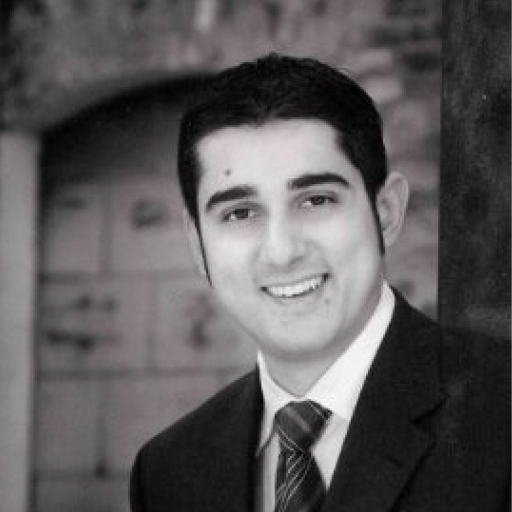What is an Anaesthetist?
Anaesthetists are medical specialists who are responsible for providing anaesthesia and pain management to patients before, during and after surgical operations and other painful procedures.
These medical professionals have extensive knowledge of physiology and pharmacology, with a sharp understanding of how the body works and how different types of medication affect it.
Anaesthetists have the qualifications and specialist training to match. Anaesthetists in Australia are required to attend medical school, spend at least two years working in the hospital system before completing a further five years of speciality training in anaesthesia.
With their expertise, anaesthetists play a key role in healthcare provision in hospitals around the world. Usually found in the operating theatre or intensive care unit, they ensure long, complex or painful procedures go smoothly and that patients return to full health as quickly as possible.











